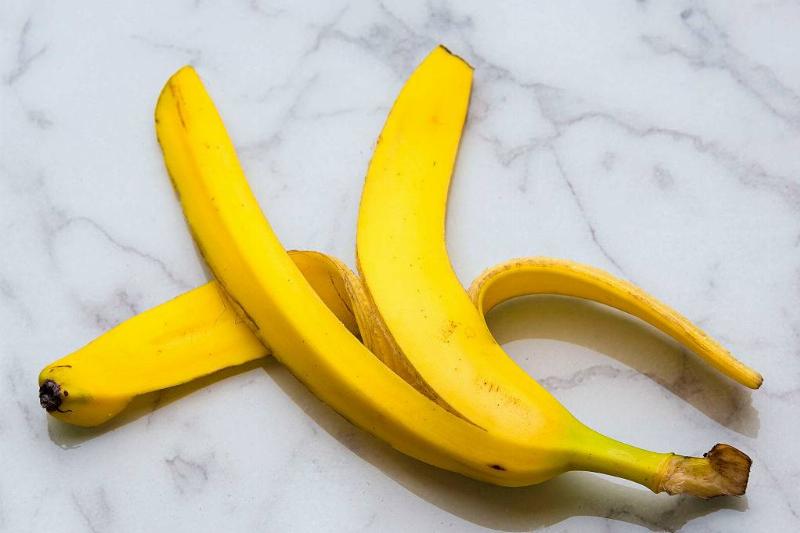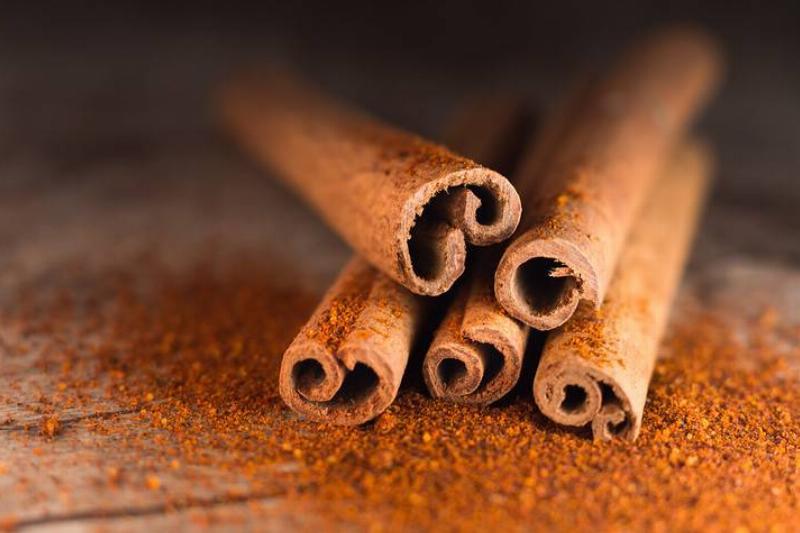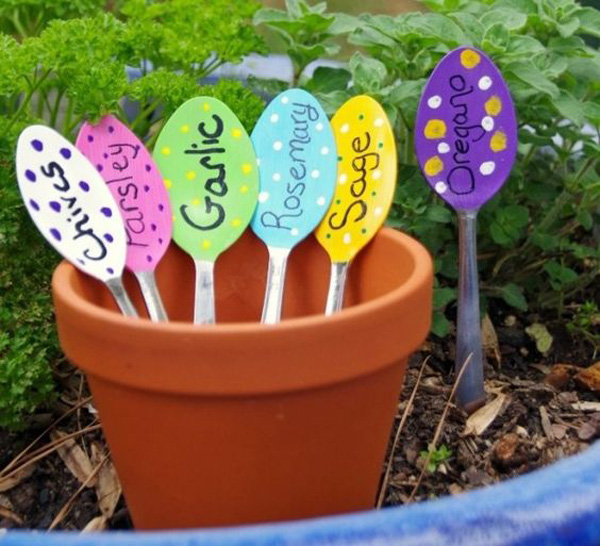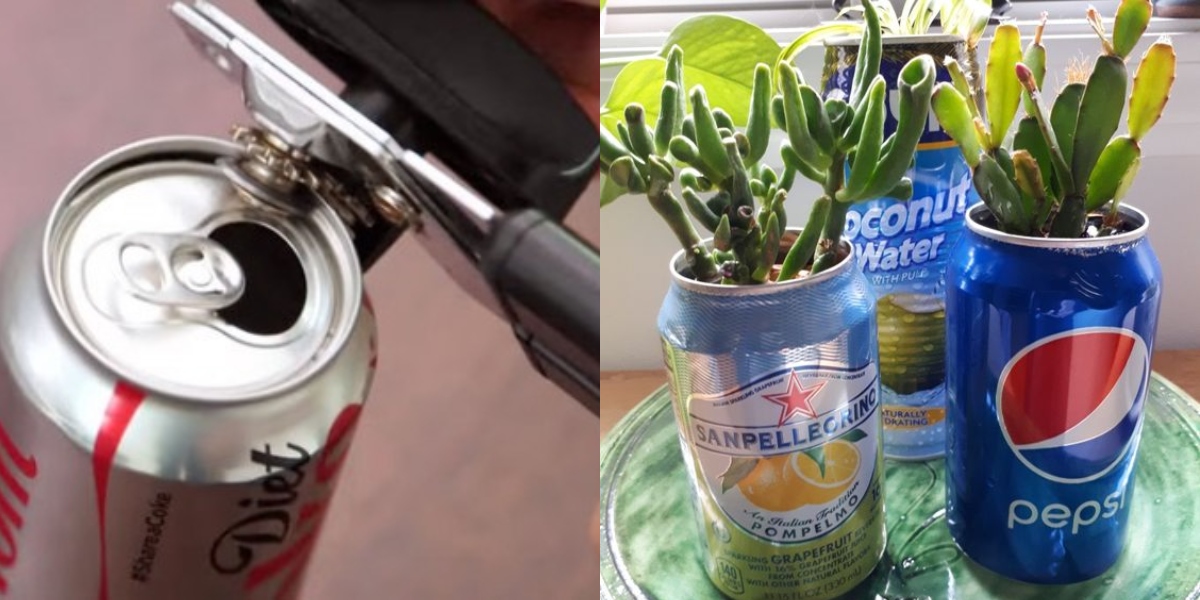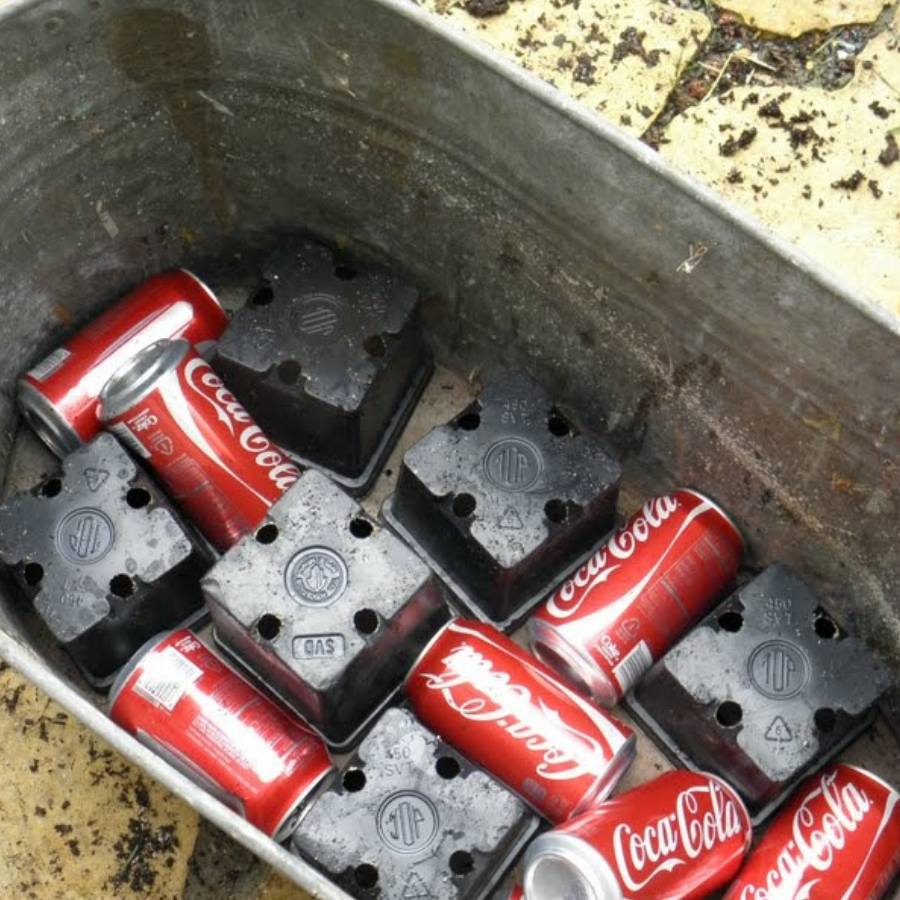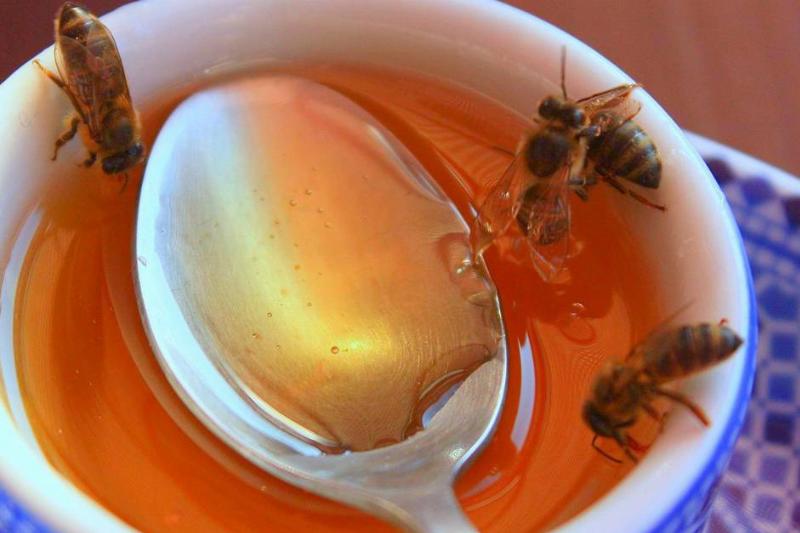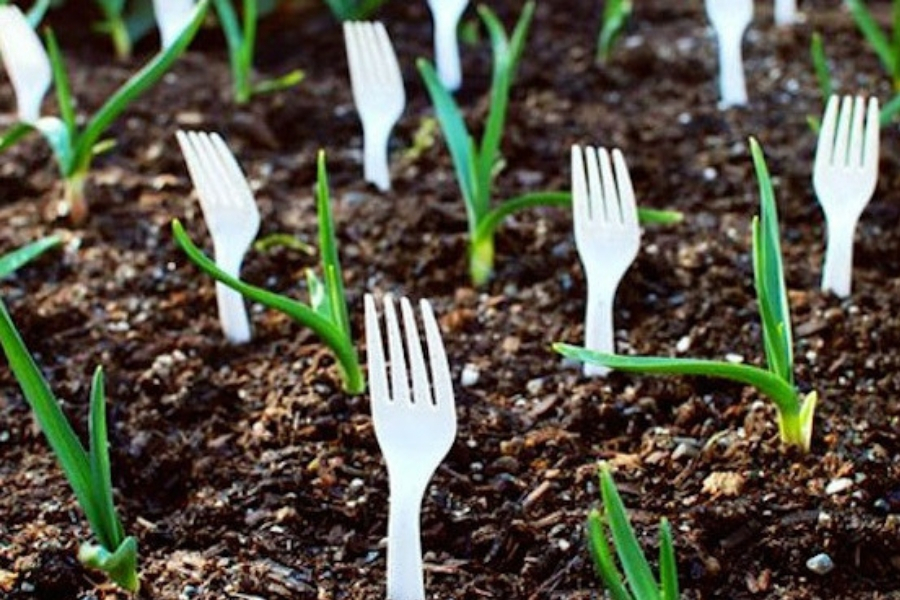If you don’t already have a fruitful garden growing in your own yard, it’s never too late to start! It’s also not as complicated as you think it is. In fact, you might already have tools and materials in your very own kitchen that can help get you going! These gardening hacks will show you how easy gardening can be. Who knows? You might even uncover your own green thumb!
Eggshells Can Also Work
For the smaller pests like slugs and snails, putting down broken eggshells around your plants will keep those slimy critters from eating them up. Snails and slugs would avoid trying to slide over broken eggshells since it can cut them up. While this method has worked for some gardeners, others have disproved this theory in their own gardens. Still, it’s worth a shot.
Just be sure to break the eggshells down into very fine pieces, and you’ll also want to cleanse the eggshells well enough so that there is no apparent egg smell. Otherwise, you might attract rodents instead!
Just wait until you see how a wine bottle can keep your plants hydrated while you’re away!
⏩
Use Citrus Peels For Seedlings
Lemons and other citrus fruits are used frequently in the kitchen but when their sweet and sour juices are all used, you don’t need to toss the peels right away. Instead, try using the peels to make seedlings!
All you need to do it poke a hole or two at the bottom of the peel for drainage and fill it with some soil and seeds. After it’s ready to transfer to your garden, you can plant the whole thing into the ground! The peel will compost directly into the soil and nourish the plant itself as it grows.
⏩
Let Your Wine Bottles Water Your Plants
Folks with green thumbs who also happen to be winos can put all those empty wine bottles to use by upcycling them into plant waterers. Why buy an aqua globe when you can DIY?
The easiest way to do this would be to poke a hole into a cork and stuff it back into a wine bottle filled with water. Insert the neck of the bottle into the soil of your favorite potted plant and it will stay appropriately hydrated for as long as there’s water in the bottle!
Soon you’ll learn how to keep pesky slugs at bay using beer!
⏩
Use A Coffee Filter To Line Your Pots
Have you ever watered your potted plants only to watch all of it drain out of the bottom right away? One way to avoid this is to use a coffee filter to line the pot before filling it with your soil and your plant.
⏩
Soap Deters Deer
Did you know that deer don’t like the smell of soap? By cutting up pieces of bar soap and placing them around your garden, you’ll be adding a layer of protection against deer and some other critters that love to munch on your plants.
⏩
Put Diapers At The Bottom Of Your Potted Plants
If you’ve got a bunch of old diapers that you never ended up using, or that your child grew out of, then don’t worry they still have some value. Diapers are the perfect moisture retainer. Stick one in the bottom of a potted plant then layer the soil on top. The diaper will allow the planter to retain water which means there is less of a chance that you accidentally suck it dry.
⏩
Use Beer To Get Rid Of Slimy Problems
As it turns out, slugs and snails are attracted to beer – the yeast in it, anyway. You can pour beer into a shallow tin and place it on the ground, or you can fill up a cup and bury it. The slimy critters will gravitate towards it, drink it, and accidentally drown.
Don’t toss your empty milk jugs right away. Keep reading to see how to put them to good use!
⏩
Plastic Forks Will Keep Them Away
You can use plastic forks in your garden to protect your beloved plants from your dog, cat, and other furry animals that lurk in your yard. By sticking the handle of the fork into the ground with the tines sticking up, animals will be less inclined to go near your garden where plants are still trying to grow.
⏩
Banana Peels Make Great Compost
Banana peels are another great addition to your compost pile. The peels of these yellow fruits add calcium, magnesium, sulfur, phosphates, potassium, and sodium to the soil when it is mixed with compost, which can help your plants flourish.
Don’t throw out those old soda cans!
⏩
Make Hot Caps With Old Jugs
Nothing is worse than seeing your seedlings succumb to an early or late frost. You can prevent this from happening by creating a hot cap out of an old milk or water jug. Simply cut the bottoms of gallon-sized plastic jugs and remove their caps for ventilation. Bury the bottom of the jug in the soil around the plants you want to protect.
⏩
Make Watering Cans Out Of Milk Jugs
Milk and water jugs can also be upcycled into DIY water jugs! Simply heat up a needle before using it to poke holes in the jug’s cap, taking care not to poke your fingers along the way. Depending on how thick of a needle you use and how many holes you poke, you can create a fine spray or a substantial flow of water.
Did you know that honey can help cut plants sprout new roots? Keep reading to see how!
⏩
Cinnamon Will Save Your Plants
Cinnamon is a key ingredient that everyone should have in their spice cabinet because not only does it boost flavors, but it also works as a secret weapon in the garden. Cinnamon has anti-fungal properties that help save seedlings that suffer damping off disease. It can also help ward off slime mold and mushrooms that spring up in planters.
⏩
Old Muffin Tins Are The Perfect Size
Your old muffin tins could be put to great use in the garden in more ways than one. When you push the bottom of the muffin tin into soft soil, you end up with perfectly-spaced wells for seeds and other plants! Once you’ve created a proper grid, you can dig each well as deep as it needs to be.
⏩
Old Spoons Make Cute Garden Labels
Instead of recycling or giving away old spoons you no longer use, you could upcycle them with this fun craft project! First, you’ll need to completely flatten the head of the spoon using a hammer. Next, use craft paint in colors of your choice to decorate them and write the names of herbs and vegetables that you have in your garden.
⏩
Kill Weeds With Vinegar
White vinegar is often used as a natural weed killer in place of the store-bought varieties that are often filled with harmful pesticides. When sprayed on weeds, vinegar will drain the moisture out of their leaves and eventually they will die. This works best on a dry, sunny day.
⏩
Paper Towels To Keep The Plants Watered For Days
If you’re going to be going on vacation for a few days and don’t have a way to keep your indoor plants watered, get out your paper towel. This technique is incredibly easy, cheap and efficient.
⏩
Make A Garden In A Can
You can recycle your empty soda cans or you can turn them in to cute planters for herbs or other small plants! Simply use a can opener to take the tops off but use caution, since you can accidentally cut yourself with the lid.
Next, that’s not the only way to use soda cans in your garden
⏩
Save Soil By Layering Your Planter With Soda Cans
Having a deep planter or garden box can really elevate your plants. Unfortunately, it can also make you spend hundreds of dollars on soil just to fill the planters. If you want to avoid it, recycle some of your old soda cans and layer the bottom of your planter with them.
⏩
Use Honey To Root Cut Plants
If you want a natural growth stimulant to propagate your plant cuttings, you can try using honey. In addition to being a natural antiseptic with anti-fungal properties, honey contains enzymes that promote root growth in plants.
If you’re propagating using a potting method, scrape the cut-ends of your plant and dip in honey before burying it in the soil. If you prefer to propagate with water, add a teaspoon of honey to the water. Dip your cuttings in more honey before adding it to the water and wait until they form roots!
Wait until you see how an old sink would be the perfect addition to your garden!
⏩
Deter Insects With An All Natural Spray
If annoying insects keep gnawing away at your plants, there is an all-natural way to eliminate them using items found in your kitchen! Put two heads of garlic and three cups of mint leaves in a food processor, then boil that mixture with 12 cups of water and two teaspoons of dry cayenne pepper.
⏩
Make A Planter With An Old Colander
If you have an old colander that you’re not willing to part ways with because of how cute it is, you can keep it in your life by using it as a planter. Take any old strainer or colander and line it with coffee filters. Next, add enough soil for whatever floral plant you want to add to it.
⏩
Use Wine Bottles To Line Your Walkway
Another way to upcycle your old wine bottles is to use them to line your gardens. Simply stick the bottles into the ground neck-first so that the base of the bottle is sticking up. Make sure they are buried deep enough so that they don’t get knocked over easily.
⏩
Use An Old Sink As A Cute Planter
If you ever remodel your kitchen or bathroom, you might want to consider keeping your old sinks. They can be upcycled into a cute planter that will add an interesting decorative element to your garden!
⏩
Use Plastic Storage Tubs To Make A Mini Greenhouse
The concept of a greenhouse is pretty basic. It’s just a container that lets light in, but won’t let heat out. You can buy at-home greenhouses for a pretty penny, or you can use an extra plastic storage bin and make your own. Just take the tiny potted seedlings that you’d normally leave on your window and transfer them to the bin. If you can, get a bin with a clear lid also to let even more light in.
⏩
2-Liter Soda Bottles Can Also Create A Greenhouse Effect
If you’re not interested in creating an entire greenhouse, but you have some seedlings already planted that need help, you can build individual greenhouses. Take an empty 2-liter soda bottle and cut off the bottom few inches. Then you can place the bottle on top of a seedling.
⏩
Use Plastic Forks To Keep Animals Out
You can have the nicest garden in the world but it won’t matter if your local wildlife fancies it too. Some people will resort to building fences or running plastic chicken wire around the garden but let’s face it, that can take up a lot of space and drain your wallet.
⏩
Coffee Grounds Help Gardens Grow
A great source for fertilizer or mulch can be found right in your own kitchen. Used coffee grounds can do wonders for your garden if used correctly. Coffee grounds work as a green material in compost if mixed with the correct amount of brown material. This is because old coffee grounds are rich in nitrogen.
⏩
Sprinkle Cinnamon On Your Seedlings
Plants are living things and just like humans, they’re prone to diseases. A common disease for seedlings is called “damping off.” It’s when a white, furry fungus grows on the stems of the seedling and stops it from accepting the starting mix. This happens in super-humid environments which unfortunately can occur in greenhouses.
⏩
Use A Potato To Grow A Rose
Did you ever expect to use a simple little potato to grow something as beautiful as a rose? Believe it or not, they’re the perfect conductor for growing a single stem! All you have to do is drill a hole in a basic yellow potato. You can use a knife or a nail to do so.
⏩
Paint Stones For DIY Garden Markers
Let’s face it, garden markers can be pretty ugly and ruin the look of your garden. Using the plastic name tags and sticks can make your garden look unauthentic. If you want to keep your garden looking earthy but know where every plant is, then find a few natural stones and paint them.
⏩
Use Herbs To Deter Mosquitos
Can we just say that mosquitos are probably the most annoying and useless bugs on the planet? There’s an interesting gardening hack that you can use to deter any mosquitos from hanging around your yard.
⏩
Broken Pot Labels
If you’ve ever dropped a pot on the ground and had it shatter in front of you, you know the absolute despair that you feel. But, worry no longer because there’s a gardening hack that will give you some amazing use for those broken potsherds.
⏩
A Little DIY Storage For Garden Tools
Even if you’re not an avid gardener, you probably have a lot of tools just hanging around. It’s tough to find something that’ll fit everything with any sort of order. You can find shipping pallets at any hardware store for free and they work really well as a DIY storage unit.
⏩
Hydrogen Peroxide Can Help Your Plant’s Root
Most people will use hydrogen peroxide to ensure that their cuts don’t get infected, But, most people, including avid gardeners, don’t realize how effective hydrogen peroxide can be for plants. It can save your plants from root rot or fungal diseases and can help sprout new plantings in the future.
⏩
Self-Sharpening Pot
Keeping your garden tools clean and maintained is incredibly important and necessary. But, it does take a lot of work to have to hand wash and sharpen your tools after every use. Well, clean and sharpen NO MORE with this DIY self-sharpening holding pot.
⏩
In humans, epsom salt helps with digestion, stress, and can drastically improve your sleep. While it doesn’t necessarily help plants with their sleep (no further explanation needed), one tablespoon of epsom salt can help save your plants from transplant shock.
⏩
Cooking Water To Fertilize Plants
If you like to cook and are a fan of gardening, we may have the gardening hack you’ve been waiting for. When you boil eggs or vegetables on the stove top, don’t pour the boiled water down the sink like you usually do.
⏩
Smother The Weeds
There’s nothing more annoying then having to deal with weeds in your garden. For the most part, gardening is supposed to be a de-stresser and calming experience, but pulling weeds is frustrating and annoying. There’s nothing fun about it.
⏩
A Ladder Plant Stand
If you’re terrified of heights and hate the thought of ever having to climb a ladder, you’re going to love this hack. There aren’t many other jobs that a ladder can do, but surprisingly, it can turn into a very pretty plant stand that works perfectly for any room in the house.
⏩
Use Baking Soda And Vinegar To Check Soil pH
The pH level in soil is important because it influences the availability of essential nutrients. Most horticultural crops will grow satisfactorily in soils having a pH between 6 (slightly acidic) and 7.5 (slightly alkaline).
There’s an easy way to check the pH levels at your home. If your soil bubbles when you add vinegar to it, then you know your soil is alkaline. If you soil bubbles when you add baking soda to it, you know that your soil is acidic.
⏩
Plant Water Bottles With Holes
It might sound a bit crazy to be planting plastic water bottles into your garden, but there is some method to the madness. If your plants are drying up quickly, poke a bunch of holes into a bottle and plant it beside your plant.
Then, you can easily fill the bottle whenever you want and it will slowly release water into the soil. This is an easy way to get water all the way down to the roots with consistency.
⏩
Put Those Melons In A Sling
If you grow watermelons in your garden, first of all, jealous, second of all, you need to do this. The bigger and heavier the melons get, the more likely they are to break off of the vine before they get ripe which will most likely smash them.










